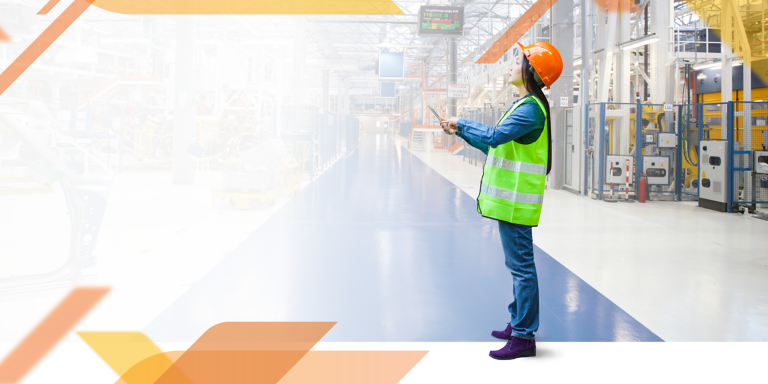While we cannot deny that some jobs will be drastically transformed or even lost, there’s a strong track record of net job creation.
We discussed how design copilots will be able to take natural language descriptions of a manufacturing process and generate control code. This means that control engineers may soon be two to five times more productive with these tools. That compresses development time and frees them up for higher value activities.
An example is the use of AI to simplify and scale proven techniques. Take predictive maintenance – this has been around for decades, but it hasn’t been broadly implemented in many industries due to lack of domain expertise and complexity to configure and maintain. With semi-supervised learning, maintenance teams can quickly implement anomaly detection and MTTF prediction for manufacturing assets, scaling rapidly across all assets.
For instance, we worked with a major metals and mining brand to inject AI-based anomaly detection using FactoryTalk® Analytics™ GuardianAI™ to increase their profitability and prevent full-shift downtime.
In this sense, AI will democratize productivity practices that were too costly or resource-constrained to implement at scale.
Another example is the use of machine learning (ML) to improve the performance of controls for complex or highly variable processes that are difficult to model. Here, control engineers use supervised and reinforcement learning as tools to improve the output of their work. These ML-based models often outperform the traditional “set & forget” expert-based models, delivering increased Overall Equipment Effectiveness (OEE) and continuously adapting to the changing environment.







